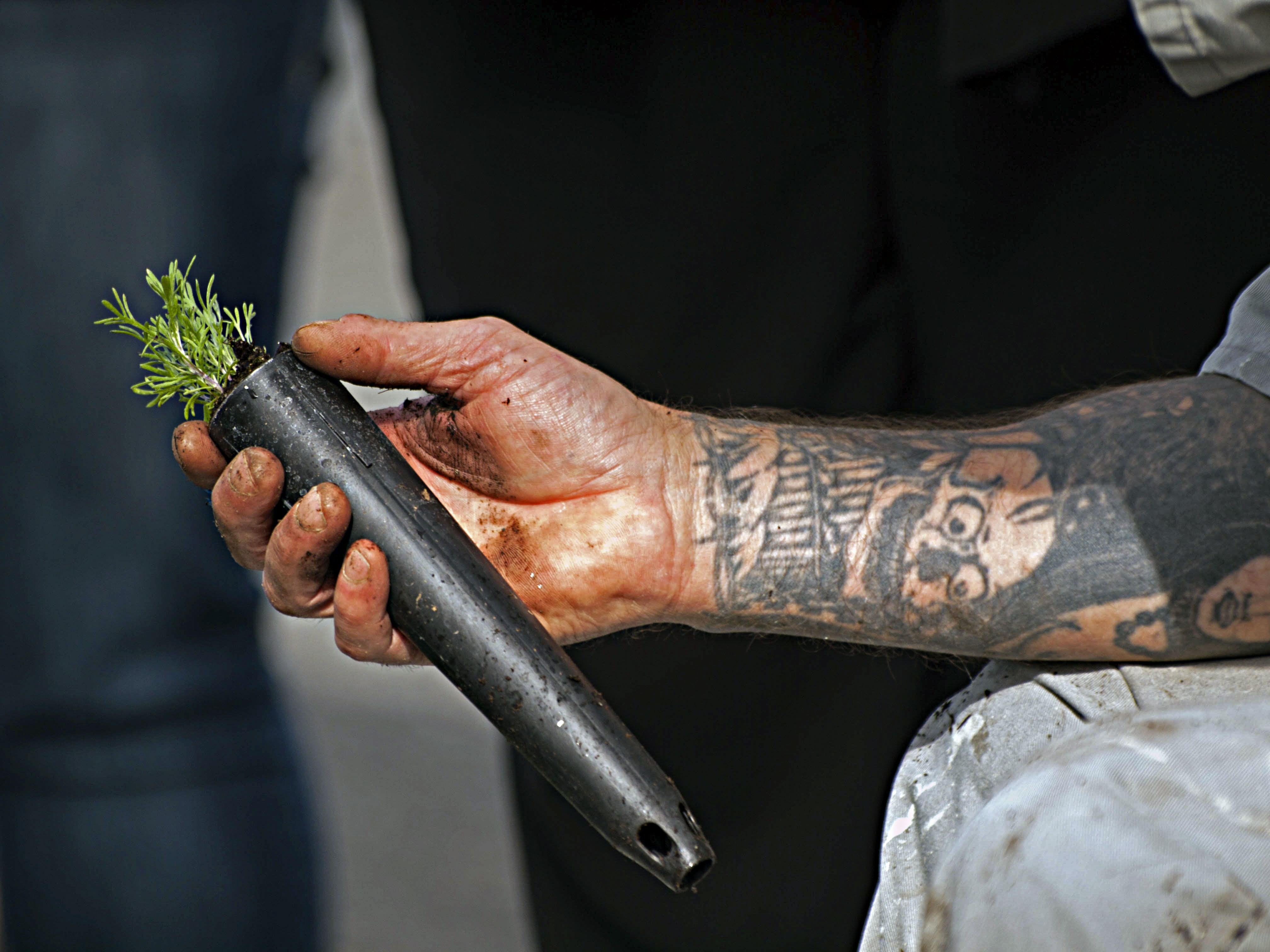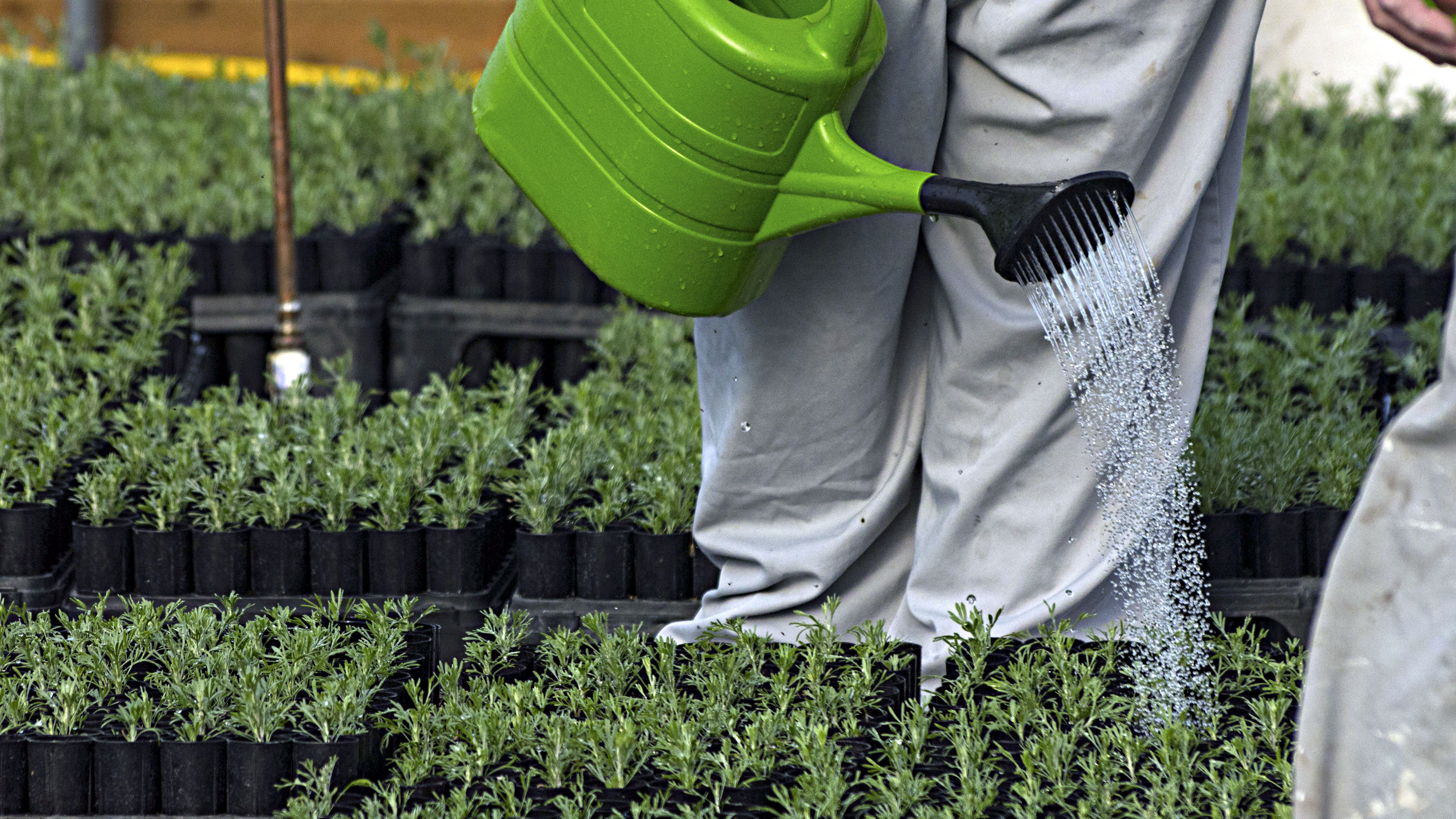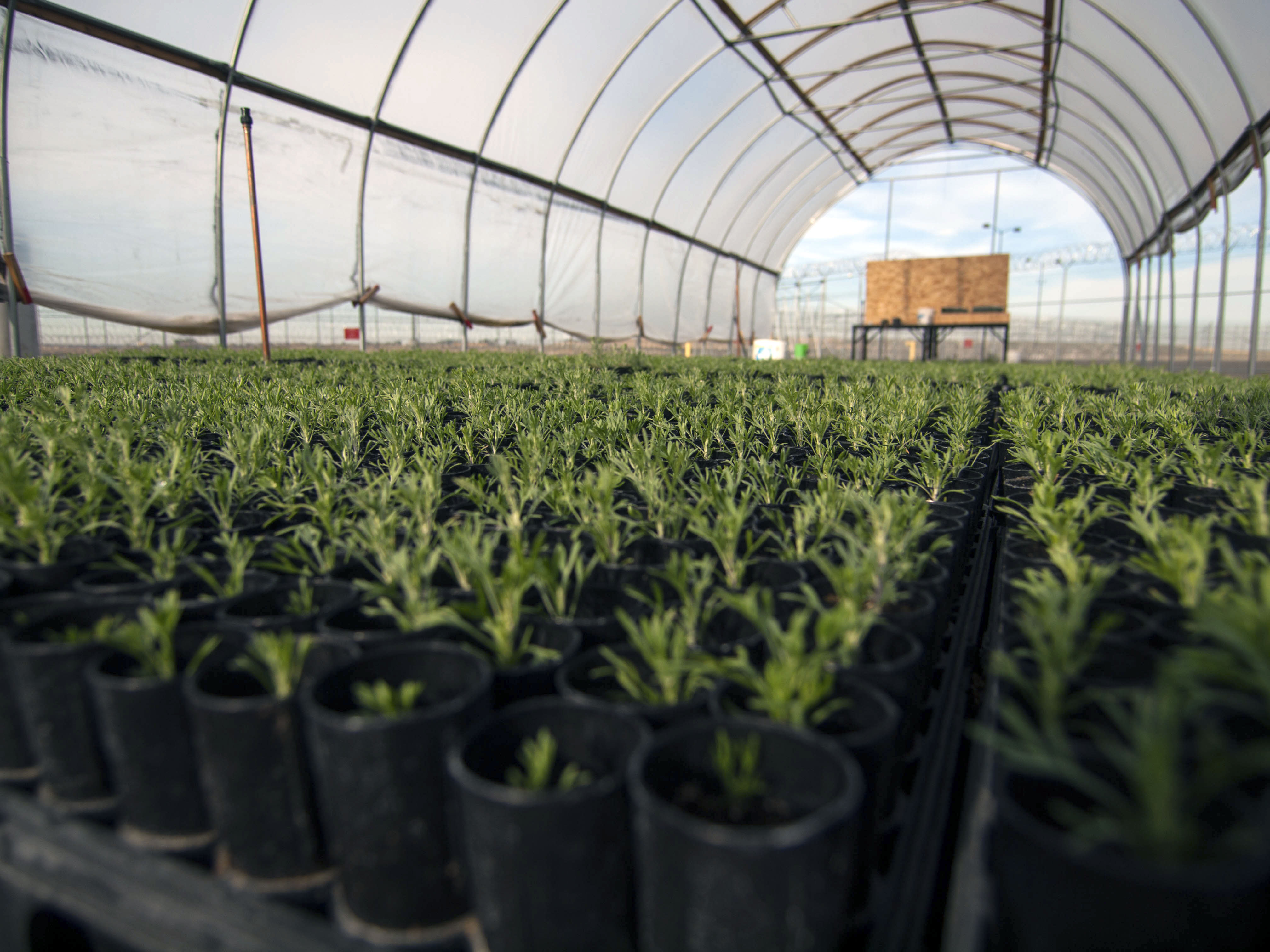Related Stories
- Timber Talk: OR/WA logs a big win in FY25
- Historic Umtanum Suspension Bridge wins international footbridge award
- A beacon through time: The history of Yaquina Head, Oregon's tallest lighthouse
- Proactive work paying off: How forest management made a difference on the Lick Gulch Fire
- Vale District BLM Fire, Fuels, and ESR Program honored with Pulaski Award
Office
1103 N. Fancher Road
Spokane Valley, WA 99212
United States
Phone:
Email:



